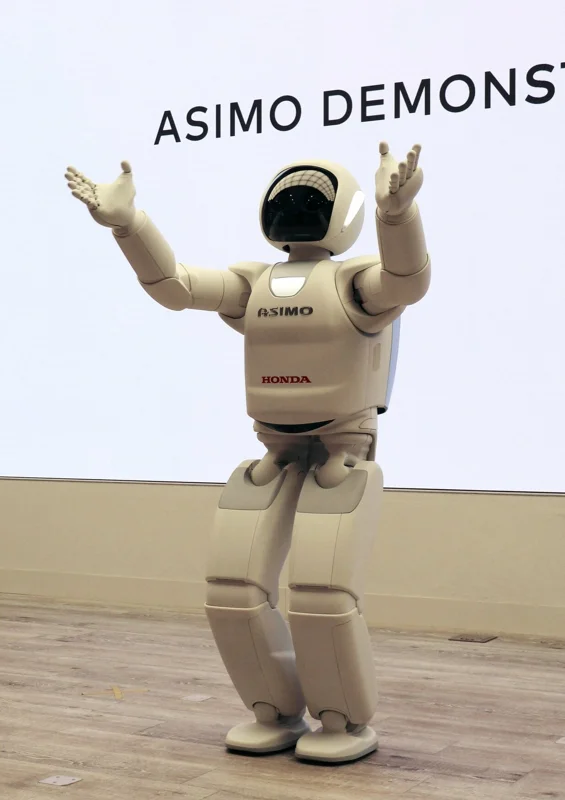Japan industry, academia team up to build hulking rescue robots
Japanese electronics maker Murata Manufacturing Co., Waseda University and two other companies teamed up to develop humanoid search and rescue robots as part of a wider effort to revive Japan's formerly world-leading robotics sector, Kyodo reports.

The four entities, including Kyoto-based robot maker Tmsuk Co. and technology service company Sre Holdings Corp. in Tokyo, said in late June that they plan to develop a robot with all Japan-made components, such as sensors and precision instruments.
The robot is designed to stand 3 meters tall, weigh 300 kilograms, walk at around 5 kilometers per hour and lift 100 kg or more. Given its demographic challenges, the companies believe disaster-prone Japan needs to develop such rescue robots.
"We want to build a robot that is much stronger than a human and can move rubble," Tmsuk Chairman Yoichi Takamoto said at a press conference in late June.
Japan was once a global leader in humanoid robotics, with Waseda University having developed the world's first full-scale bipedal robot, WABOT-1, in 1973. Honda Motor Co. led humanoid robotics technology with ASIMO, whose final model was released in 2011.
Hoping to play catch-up with U.S. and Chinese manufacturers, the four partners aim to develop a pilot model by the end of 2026 and a mass-production version by March 2029, they said.
"There are many technologies in Japan that we can be proud of," Tomotsugu Oba, a manager at Murata Manufacturing's Mobility Robotics Business Development Section, said at the press conference.
Oba said the project is Japan's "first step toward the goal of returning to the global (stage)."
There are no humanoid robots anywhere in the world that have been developed to replace humans in search and rescue operations, they said.
As written before, robotic football kicked off China's leap in humanoid robot innovation.
